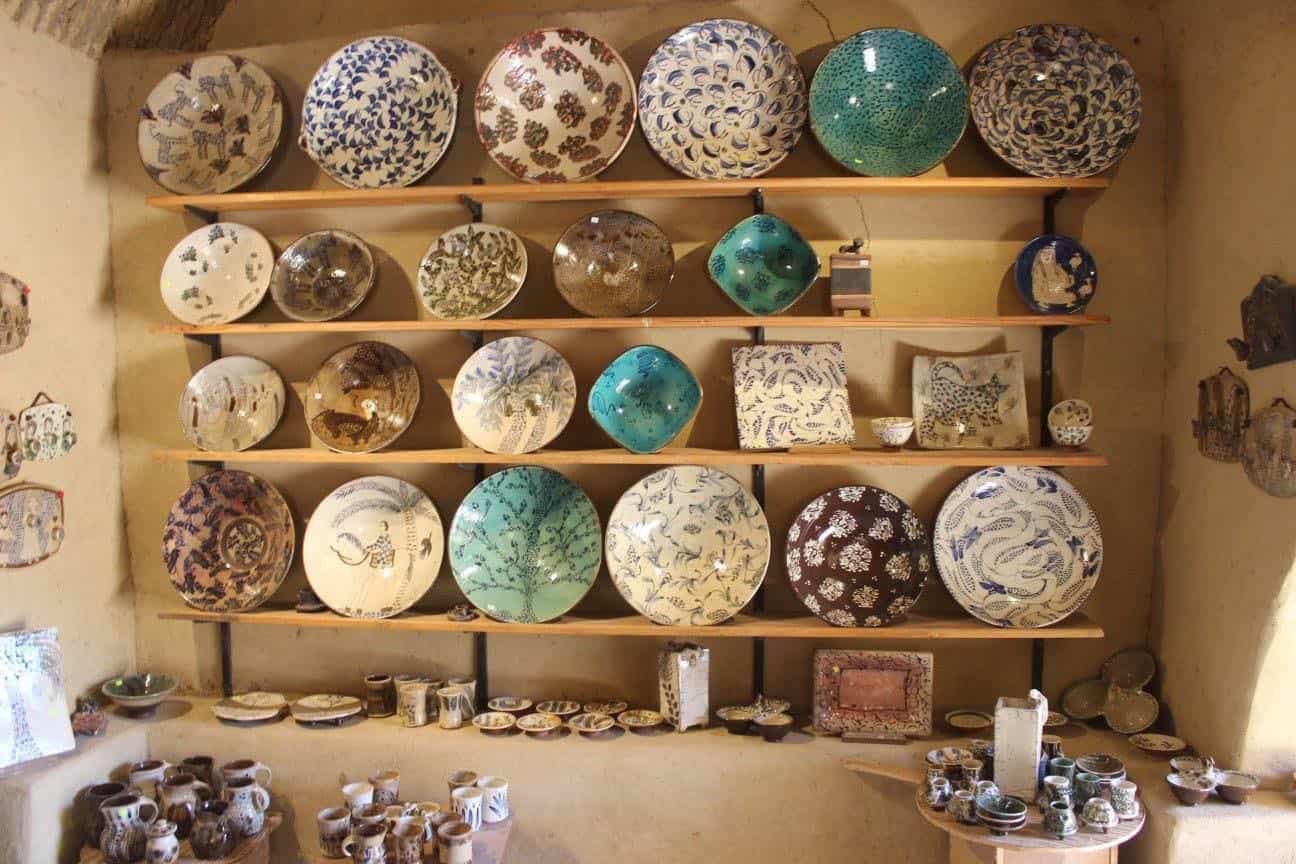In the fast-paced world of modernity, where technology dominates and trends evolve rapidly, there is a growing desire among individuals to reconnect with their roots and preserve traditional craftsmanship. One such enriching venture is the exploration of traditional Egyptian crafts, a journey that takes enthusiasts back in time to discover the intricate artistry deeply embedded in the country’s cultural heritage.
The Rich Tapestry of Traditional Egyptian Crafts:
Egypt, a land with a history dating back thousands of years, boasts a rich tapestry of traditional crafts that have been passed down through generations. From the bustling markets of Cairo to the serene villages along the Nile, the diversity of crafts reflects the depth of Egyptian culture. Learning these crafts is not just a skill acquisition, it is a portal to understanding the stories, symbolism, and traditions that have shaped the country’s identity.
Khayamiya (Tent Making):
One of the most fascinating traditional crafts in Egypt is Khayamiya, the art of tent making. Originally used to create vibrant and ornate tents for royal occasions and celebrations, Khayamiya has evolved into a form of textile art. Learning this craft involves intricate stitching, appliqué work, and mastering the use of bold colors to create mesmerizing geometric patterns. Through the eyes of a Khayamiya apprentice, one can witness the fusion of history and creativity, as the craft captures the essence of Egypt’s past.
Cartonnage:
Cartonnage, an ancient Egyptian craft dating back to the Pharaonic era, involves the creation of intricate artifacts using layers of linen or papyrus soaked in plaster. Apprentices in this craft learn the delicate process of molding and shaping these materials into exquisite masks, coffins, and other ceremonial items. Immersing oneself in Cartonnage is like stepping into the shoes of an artisan from centuries ago, feeling the same materials and techniques that once adorned the tombs of pharaohs.
Arabesque Woodwork:
Egyptian woodwork, particularly the art of Arabesque, is a testament to the country’s mastery in combining functionality with artistic expression. Learning this craft involves understanding the geometry of patterns and the meticulous carving techniques that create stunning wooden furniture, doors, and screens. Arabesque woodwork is not just about crafting objects, it is about channeling the spirit of ancient Egyptian aesthetics into contemporary designs, bridging the gap between the past and the present.
Beadwork and Jewelry Making:
From the bustling Khan El Khalili market in Cairo to the workshops in Aswan, learning beadwork and jewelry making in Egypt is a journey into the intricate world of adornment. Apprentices in this craft discover the significance of symbolism in jewelry, using traditional materials like turquoise, lapis lazuli, and gold. Each piece tells a story, whether it’s a simple amulet or an elaborate necklace, echoing the cultural and spiritual beliefs of the ancient Egyptians.
In conclusion, learning traditional Egyptian crafts is not just about preserving the past but also about connecting with our roots and appreciating the beauty and simplicity of handmade objects. These crafts offer a unique perspective on the present and provide practical benefits such as providing an alternative source of income for rural communities. As we continue to grapple with the challenges of modernization and globalization, it is essential that we do not forget our cultural heritage and continue to pass on these skills to future generations. By doing so, we can ensure that these traditions continue to thrive and remain an integral part of our cultural identity for generations to come.



Comment (0)